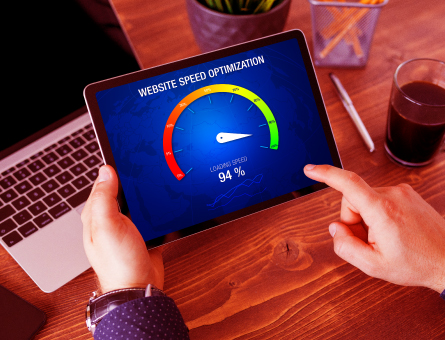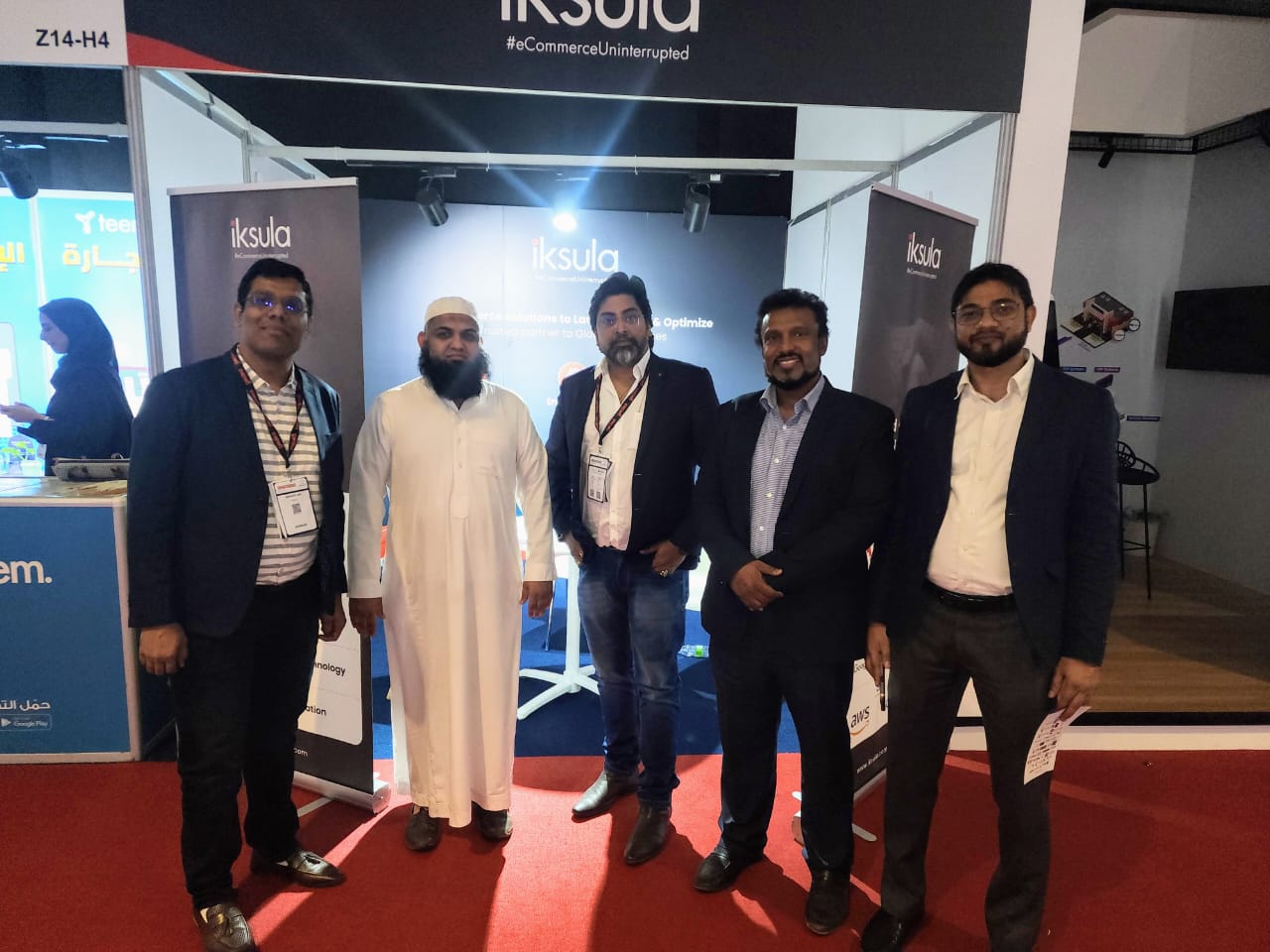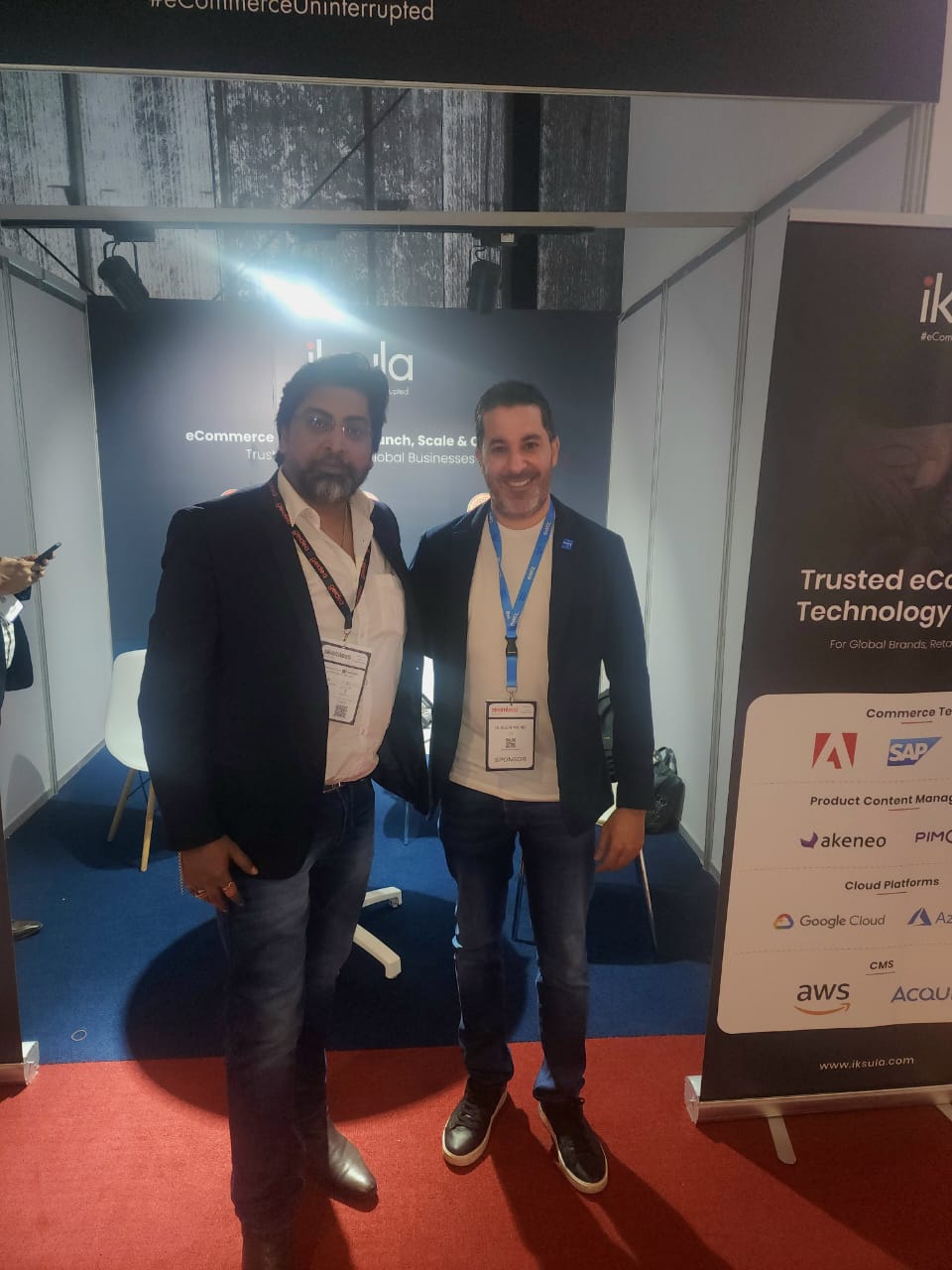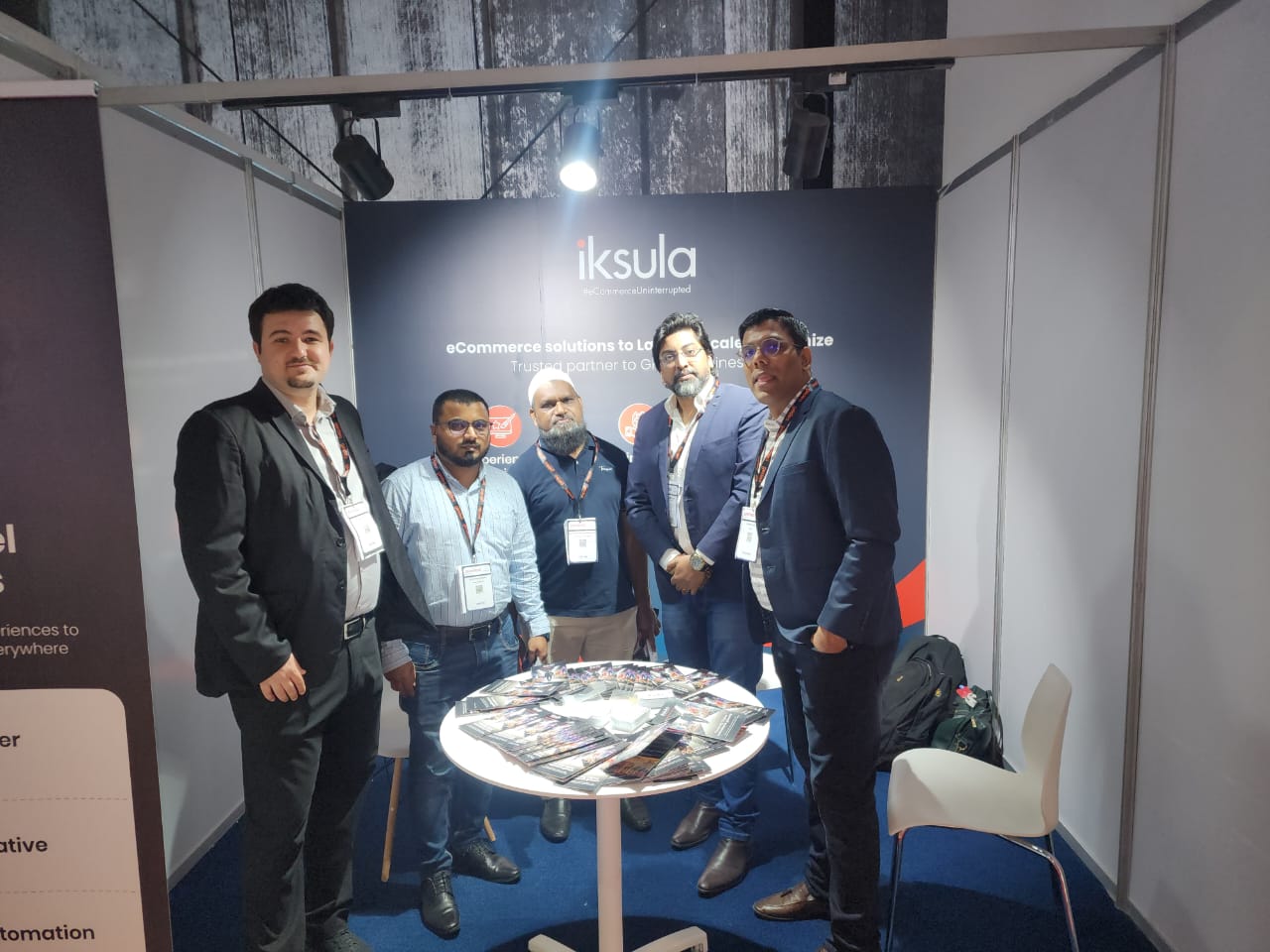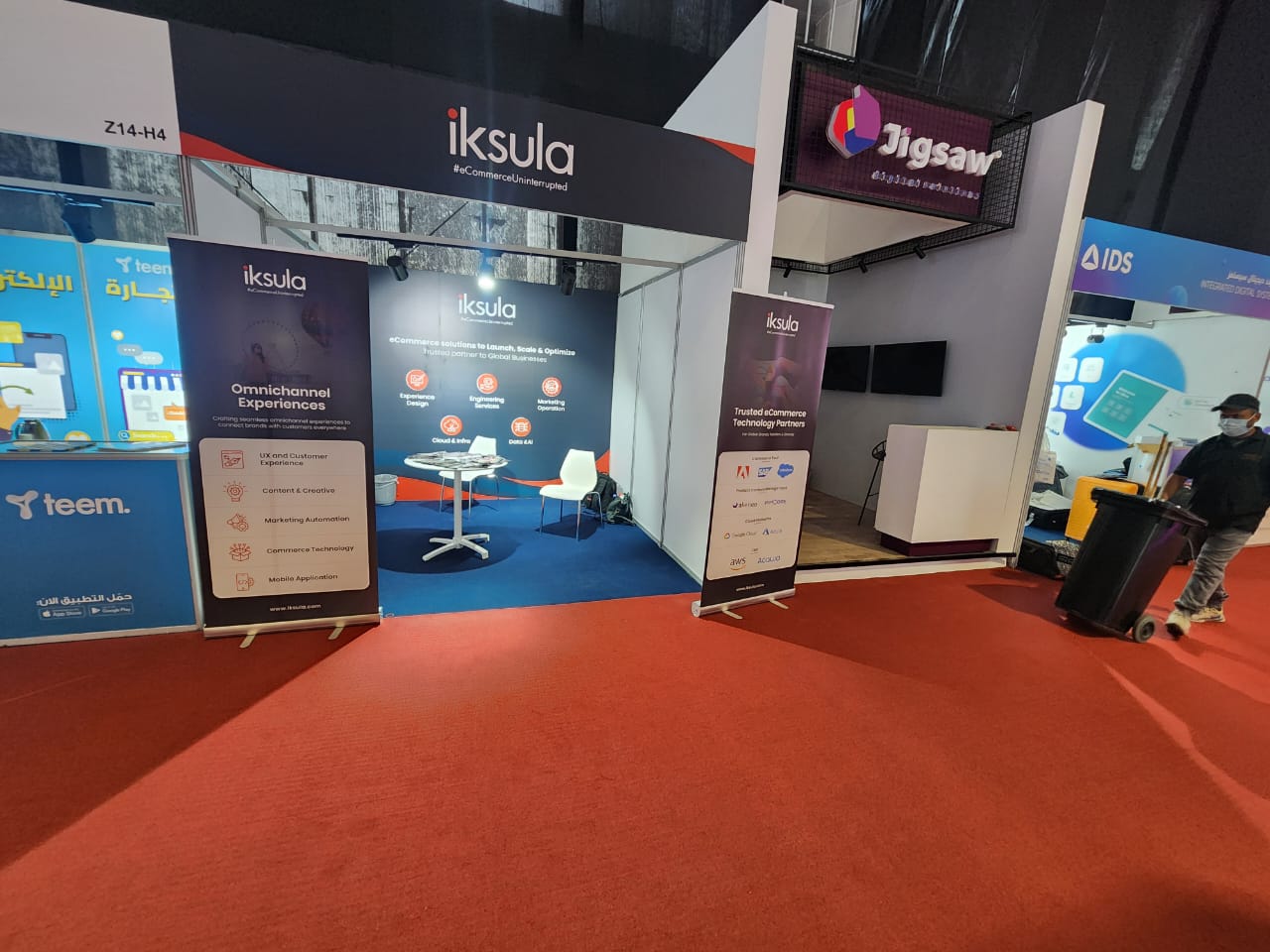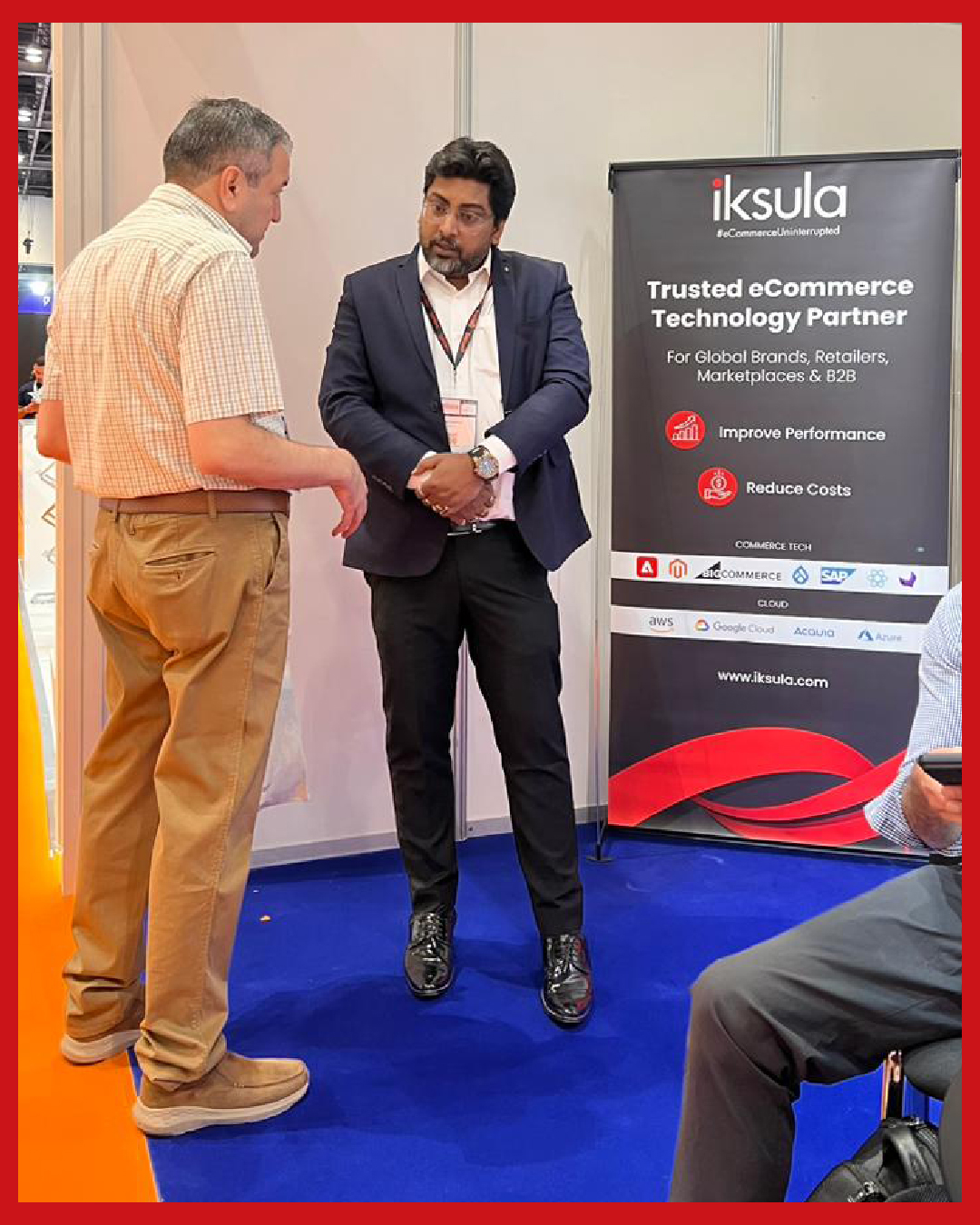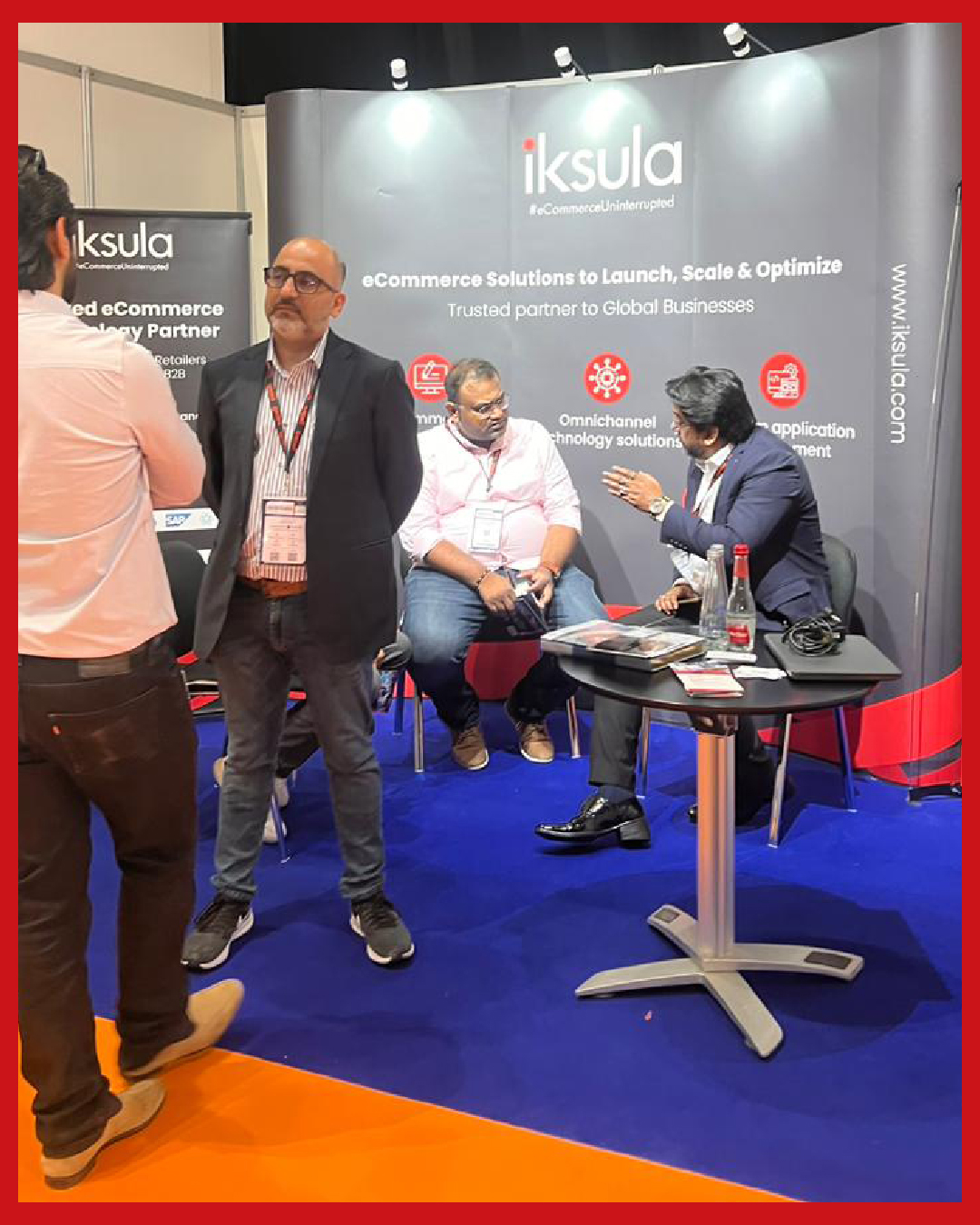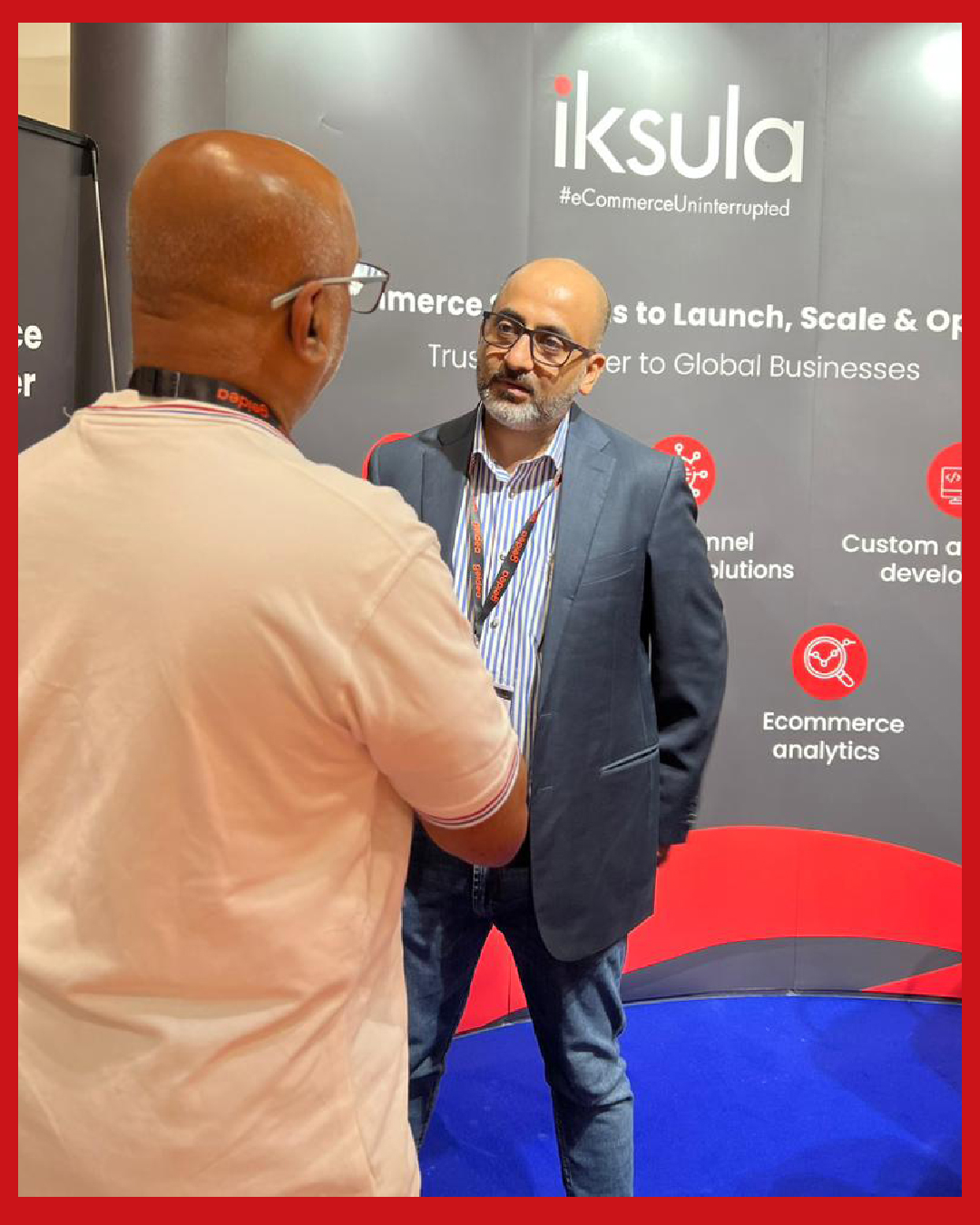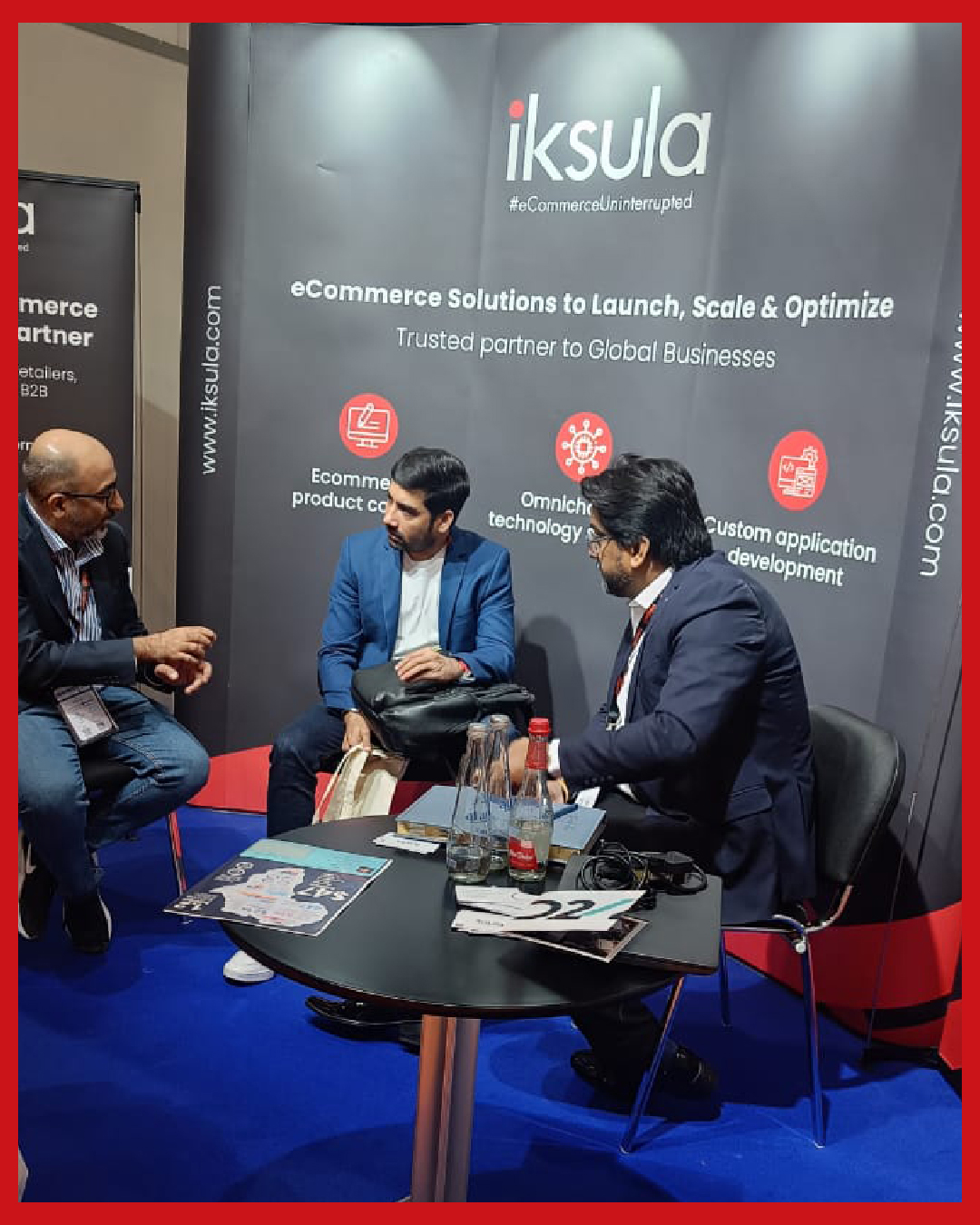$11.8 billion sounds like a lot, doesn’t it? It’s an unfathomable amount for most of us. Yet, the headless commerce industry is set to reach that amount by 2028. A headless commerce platform separates your website’s frontend presentation from its backend functionality. Known as ‘decoupling’, this process makes growth efficient. It drives numbers on both sides of the business, allowing them to adapt and personalize on the go.
In this article, we will compare a few headless commerce platforms to give you an informed view of the top industry leaders. The headless commerce platforms we will cover further are:
- Shopify Plus
- Salesforce Commerce Cloud
- BigCommerce
- Commercetools
- Spree Commerce
- BetterCommerce
Allowing for greater flexibility and customization. This article focuses on the best headless commerce platforms for 2025, providing guidance on choosing the right one for your business.
What is Headless Commerce?
Separating the frontend and backend operations of a business is known as headless commerce. Headless commerce is an innovative approach to online retail. This process, also called “decoupling”, offers greater flexibility, enabling businesses to create a customized shopping experience. Being constrained by the limitations of traditional ecommerce platforms is a thing of the past!
The headless commerce setup allows brands to update web content, introduce new features, and extend their reach to new channels. This entire process flows without disrupting the commerce engine. This way, businesses can innovate and scale freely. Headless commerce solutions optimize the customer experience across multiple channels. This approach enhances the customer journey and allows businesses to implement headless solutions that drive engagement and sales.
Why Opt for Headless Commerce?
Decoupling the frontend from the backend allows companies to adapt to changing customer preferences and market trends quickly, without extensive replatforming. This agility helps businesses scale rapidly in today’s fast-paced digital landscape. Headless commerce platforms enable businesses to create highly personalized shopping experiences. With over 80% of consumers expecting tailored interactions, the ability to customize without high costs and maintenance is a compelling reason for adopting headless commerce solutions. Many brands have embraced this approach to enhance their online presence and meet customer demands.
Key Features of Leading Headless Commerce Platforms
Headless commerce platforms are designed to remove the limitations of traditional ecommerce systems, offering a range of features that empower businesses to innovate and scale. Let’s look at the key features of leading headless commerce platforms in detail.
API-First Architecture
An API-first approach is a cornerstone of headless commerce, enabling rapid integration with a wide range of services and tools. This strategy enhances flexibility by allowing businesses to connect diverse frontend technologies with backend systems seamlessly. APIs facilitate modular connections, making it easier to implement custom features and deliver personalized experiences.
Effective API documentation is crucial for developers to utilize a headless platform efficiently. Combining APIs with headless architecture and a CMS offers versatile customization options. Businesses can create tailored eCommerce experiences that meet specific customer needs.
Omnichannel Capabilities
Headless commerce platforms support omnichannel capabilities, allowing brands to deliver a consistent shopping experience across multiple digital channels. This architecture integrates various third-party technologies, such as chatbots and AI. Pairing headless commerce with a headless CMS enables channel-specific content creation, allowing businesses to innovate and adapt quickly to new trends. Headless commerce platforms offer smooth integration with systems like ERP and CRM, allowing for real-time data synchronization. Headless commerce is the catalyst for a business to run like a well-oiled machine.
Performance & Scalability
Scalability is a crucial aspect of headless commerce platforms, enabling businesses to expand their online presence without disrupting core functionalities. The decoupling process allows companies to scale their operations according to traffic demands, ensuring optimal performance during peak times.
Balancing loads and maintaining performance during high traffic scenarios is a significant advantage of headless commerce architecture. This scalability ensures businesses can meet growing demands without compromising user experience quality.
How to Choose the Right Headless Commerce Solutions
The magic lies in looking at the process through a strategic lens. Craft an approach that aligns with your business goals, technical requirements, and available resources.
What does your business need? Ask yourself that question.
Smaller businesses benefit from simpler platforms, while larger enterprises may require highly customizable solutions. You should also consider the integration capabilities of your business. A robust headless platform should support seamless integration. Whichever existing system you have–CMS, CRM, ERP, PIM– the headless commerce platform will integrate without any disruptions. Modern frontend technologies like React or Vue are essential for delivering high-quality user experiences across channels.
Consider your costs; evaluate upfront costs and long-term investments. Don’t forget to include development, maintenance, and support. If you have limited technical resources, you might benefit from platforms that offer strong vendor support or a network of certified partners.
Collaboration between technical and business teams is vital. The headless commerce platform should align with your business goals. Define success metrics early; faster time to market, improved performance, or better conversion rates– these are all useful metrics. Be smart with choosing a vendor, too; you want a vendor who provides strong onboarding, technical support, and future-proof features.
How to Choose the Right Headless Commerce Platform
1. Assess Business Objectives & Maturity
Understanding your business size, goals, and digital maturity is crucial when choosing a headless commerce platform. Smaller businesses generally require simpler solutions, while larger enterprises need advanced features and scalability. Prioritize specific business needs and include both business and IT representatives in discussions. This approach can streamline the selection process and ensure informed choices.
2. Integration and Tech Stack Alignment
A headless commerce platform should seamlessly connect with existing business tools. This enhances overall efficiency. Support for third-party services is particularly important for teams that lack sufficient development resources in their ecommerce platform.
3. Budget, Resources, and Vendor Ecosystem
Cost is a critical factor when evaluating headless commerce platforms. Businesses should focus on services for execution, cost minimization, and expertise for scaling. Balancing budget consideration with resource availability and anticipated return on investment is important to avoid limiting growth potential. Consider factors like vendor support, community, and certified partners. Consider the subscription costs, commission costs, and development fees. These are crucial factors in budgeting and allocating resources.
4. Success Metrics and Governance
Assess your KPIs: load time, API performance, sales uplift, conversion rates, scalability, and more are essential factors to consider when choosing a headless commerce platform. You want to choose a platform that ensures cross-team collaboration without disruption of the commerce engine. Consider the clear allocation of responsibilities for development, marketing, security, and operations within the headless architecture.
Benefits of Adopting Headless Commerce Solutions
Adopting headless commerce solutions offers numerous benefits that can significantly enhance a business’s online presence. These advantages include enhanced flexibility, faster time to market, and improved developer efficiency.
Enhanced Flexibility
One of the key advantages of headless commerce is its enhanced flexibility. Decoupling the front and back ends allows businesses to make independent changes, fostering continuous innovation and tailored user experiences. AI-driven analytics further amplify this flexibility by enabling hyper-personalized product recommendations and shopping experiences. Combining headless commerce’s flexible architecture with AI capabilities enables businesses to create highly tailored shopping experiences that cater to individual customer preferences, driving engagement and sales.
Faster Time to Market
Headless commerce platforms enable the swift deployment of new features, allowing businesses to quickly adjust to market changes. Unlike traditional eCommerce platforms, headless platforms do not require extensive compatibility checks or legacy infrastructure, permitting rapid experimentation and implementation of new front-end experiences. This speed advantage is critical for marketplaces managing large catalogs and high traffic, enabling them to stay ahead of trends and meet customer demands effectively.
Improved Developer Efficiency
The separation of front-end and back-end in headless commerce fosters a modular development approach, allowing development teams to work independently and focus on specific platform aspects. This modularity improves developer efficiency, enabling teams to implement user interface improvements without backend dependencies. For example, Burrow reported a 50% improvement in site performance after implementing headless architecture, showcasing the tangible benefits of this approach.
Top Headless Commerce Platforms for 2025
The headless commerce market is projected to experience significant growth, with an annual rate of over 25% through 2026, potentially reaching $32.1 billion by 2027. This growth is driven by the versatility and scalability of headless commerce platforms, which cater to a wide range of business models, from small stores to large enterprises. Choosing the right headless ecommerce platforms is crucial for maximizing business potential in this rapidly growing digital marketplace. Below are some of the best headless commerce platforms for 2025 and their unique features.
Shopify Plus
Shopify Plus is an enterprise-level service that allows businesses to scale fast with minimal overhead development.
Features
Customizable storefronts, reliable payment processing, and integration with various systems like CRM, PIM, CMS, and ERP through GraphQL and REST APIs.
Price
$2,000 per month.
Ideal Use
Shopify Plus provides a robust solution for businesses looking to scale their operations and deliver seamless shopping experiences.
Salesforce Commerce Cloud
Salesforce Commerce Cloud is a cloud-based SaaS commerce platform tailored for large enterprises, offering a partner app ecosystem and customization options through a marketplace for personalization services.
Features
The platform provides live chat and phone customer support, an agile platform that scales with business growth, and enhanced security. Additionally, it integrates with SAP Commerce Cloud for improved functionality.
Price
Salesforce Commerce Cloud pricing is determined by Gross Merchandise Value and additional costs for features or add-ons. Typically, it starts at 1% of annual GMV or $25 per month for the starter suite of services.
Ideal Use
Best suited to businesses in B2B, B2C, and D2C spaces. Businesses that need to manage and scale their operations across various channels could benefit from Salesforce Commerce Cloud.
BigCommerce
BigCommerce offers a decoupled architecture, allowing for seamless store management across various channels without throttling API calls.
Features
Recognized as an enterprise-grade headless commerce platform, BigCommerce enables businesses to efficiently manage multiple store locations and channels, making it a versatile solution for growing eCommerce businesses.
Price
With plans starting at $29.95 per month, BigCommerce caters to a variety of business needs and provides 24/7 customer support through live chat, phone, and email.
Ideal Use
Mid-market businesses and businesses that require multi-store management would benefit from BigCommerce the most.
Commercetools
Commercetools is a cloud-based headless commerce platform with an API-first approach.
Features
It allows businesses to build unique shopping experiences by separating the commerce logic from the front-end. This platform utilizes API-first, cloud-native architecture, providing flexibility and scalability.
Price
Commercetools’ pricing plans are tailored to the business. They promise complete pricing transparency. They offer various plans that scale according to business needs.
Ideal Use
Perfect for global brands seeking enterprise-scale and composable stacks.
Spree Commerce
Spree Commerce is a free and open-source ecommerce platform built on Ruby on Rails. It offers customizable and scalable solutions for online businesses and marketplaces.
Features
Open source means that they allow for extensive customization and control over your ecommerce platform. Their services scale with your business. Spree Commerce supports various extensions and integrations with third-party services.
Price
Community Edition is free to use for anyone. Spree Commerce also offers an Enterprise Edition with more features, support, and security for an additional cost. This additional cost depends on your business needs.
Ideal Use
Ideal for developers building custom marketplaces and B2B platforms.
BetterCommerce
BetterCommerce is a London-based headless commerce platform with an API-first approach. It has strong ties with India, having actively transformed the Indian ecommerce landscape.
Features
Offers a flexible and customizable frontend experience while managing the backend through APIs. Their API-first approach encompasses features like PIM, Order Management, CMS, and advanced analytics.
Price
BetterCommerce charges a flat fee with no revenue sharing. Their pricing is predictable as your business scales.
Ideal Use
This is an excellent platform for businesses seeking flexible but supported omnichannel solutions.
Implementing a Headless Commerce Strategy
Implementing a headless commerce strategy requires detailed planning and execution. Vendor-provided headless templates offer architectural guidance, code samples, and functional QA frameworks, making it easier for businesses to get started. A phased implementation approach is recommended to minimize risks and costs while allowing for gradual adjustments.
Continuous performance monitoring and optimization are essential to ensure that the headless commerce strategy meets evolving customer expectations and business goals. Below are the steps for phased implementation and ongoing optimization.
Phased Roll-out
A phased implementation approach is recommended for launching headless eCommerce, allowing businesses to focus on key areas for improvement while minimizing risks and costs. During this process, companies can prioritize enhancing conversion rates or introducing new features, ensuring a smooth transition to a headless architecture.
Adopting a phased approach allows businesses to make gradual adjustments and refine their strategy based on real-time feedback, ultimately achieving a successful headless implementation.
Monitoring & Continuous Optimization
Continuous performance monitoring is vital following each phase of headless commerce implementation. Using monitoring tools, businesses can track key performance indicators and identify areas for improvement. This ongoing process ensures the headless strategy aligns with customer expectations and business objectives.
Optimization should be integral to the headless commerce strategy, with regular updates and enhancements based on performance data and customer feedback. This approach helps businesses stay competitive and deliver exceptional customer experiences.
Headless Commerce Trends for 2025
The future of headless commerce is shaped by emerging trends and technologies enhancing flexibility, scalability, and customer engagement. Integrating channels like social media and AR enables brands to engage customers effectively across platforms.
Below are some of the key trends driving the evolution of headless commerce.
AI-Powered Personalization
AI technology plays a crucial role in advancing personalization strategies within eCommerce platforms. Machine learning algorithms analyze customer behavior and preferences to provide tailored recommendations, significantly enhancing customer engagement and increasing conversion rates. The future of eCommerce is likely to see even more sophisticated AI implementations that further refine personalization methods.
Leveraging AI capabilities allows businesses to create highly personalized shopping experiences that resonate with individual customers, driving customer relationship management, loyalty, and sales.
Progressive Web Apps (PWAs)
The rise of Progressive Web Apps (PWAs) in headless commerce is driven by their ability to deliver fast, reliable, and engaging user experiences. PWAs facilitate seamless updates, allowing businesses to deploy changes instantly without app store delays.
With a 47% year-over-year increase in adoption across various sectors, including eCommerce, PWAs are becoming a critical component in headless commerce strategies. Their ability to enhance user engagement and provide faster updates makes them an invaluable tool for modern eCommerce businesses.
Rise of Composable Commerce
Composable commerce is an emerging trend representing the next step in headless commerce. Partnering with multiple vendors for a composable stack allows businesses to create a highly flexible and scalable eCommerce solution. This approach enables companies to select the best-of-breed components and integrate them seamlessly, ensuring a tailored and efficient eCommerce architecture.
The expansion of composable commerce offers significant advantages for businesses looking to innovate and stay competitive in the digital marketplace. Embracing this trend allows companies to deliver seamless shopping experiences and quickly adapt to changing customer demands.
Conclusion & Next Steps
Headless commerce represents a revolutionary approach to digital retail, offering unparalleled flexibility, scalability, and customization. By decoupling the front end from the back end, businesses can create unique and engaging shopping experiences that meet evolving customer expectations.
Adopting headless commerce solutions provides numerous benefits, including enhanced flexibility, faster time to market, and improved developer efficiency. By selecting the right platform and implementing a phased strategy, businesses can maximize the potential of headless commerce and drive growth.
As the future of eCommerce continues to evolve, headless commerce remains at the forefront of innovation. Embracing trends like AI-driven personalization, PWAs, and composable commerce will ensure that businesses stay competitive and deliver exceptional customer experiences. Consider headless commerce for your business and unlock new opportunities in the digital marketplace.


